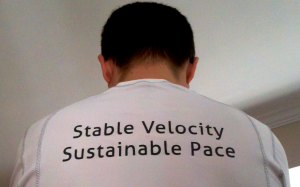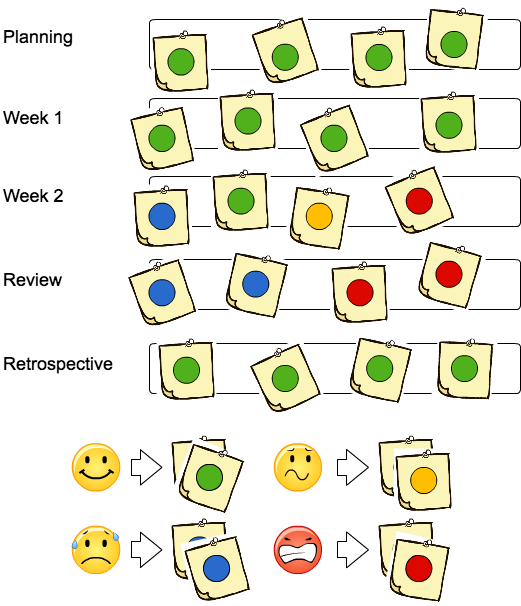 Due to working crazy off hours in preparation for my v1.0 launch, I not only forgot to do a week in review on the 20th, I also missed meeting my writing commitment on the 24th and 25th. Whatever the excuses, I was feeling a little burned out. I have to remember this is a marathon and not a sprint. Writing a daily blog takes a lot of discipline. Though I have so much to say, it can escape me if I don't get the idea captured quickly. Wow, it's hard to believe it's almost March. At least there should be viewer posts about snow removal.
Due to working crazy off hours in preparation for my v1.0 launch, I not only forgot to do a week in review on the 20th, I also missed meeting my writing commitment on the 24th and 25th. Whatever the excuses, I was feeling a little burned out. I have to remember this is a marathon and not a sprint. Writing a daily blog takes a lot of discipline. Though I have so much to say, it can escape me if I don't get the idea captured quickly. Wow, it's hard to believe it's almost March. At least there should be viewer posts about snow removal.
2/26/2010
I had mild chest and shoulder pains this morning. I am in the ER waiting to see the doctor. I’ll let you know the outcome and my status shortly...
2/23/2010
There are many templates and means to ensure your project meets the requirements. But I can’t stress enough how important it is to ensure you’re working to satisfy the requirements (or scope) first...
2/22/2010
Have you ever stuck your neck out and get no support? Did the trust among that team start to break down? I’ve seen it happen first hand and Geoff Crane wrote an awesome post over at Papercut Edge about it...
2/21/2010
This post is in response to a post written by Jennifer Bedell on the PMStudent blog about goldplating. Goldplating is very common in application development and can be very expensive...
2/20/2010
I was asked a very interesting question today, requiring me to stop and think. How do I believe being an entrepreneur and a business owner differ? It’s a very good question because...
2/19/2010
While sitting in a governance meeting the other day, I heard how (before I joined the team) a vendor brought in some high paid six sigma black belts to...
2/18/2010
I was informed I am the winner of the very first Freedom of Speech February (FOSF) giveaway from How to Manage a Camel. My comments last week on a blog post by Gary Holmes earned me a free copy of the Method123 Project Management Methodology (MPMM™) Professional from their partners at Method123...
2/17/2010
As my startup project is creeping ever so closer to its closure and the actual launch of the product happens, I’m feverishly completing activities late into the night. It’s not easy working crazy hours to get this done. My family goes to bed, I drink a pot of coffee, and get to work...
2/16/2010
...Based on the telephone conversation I had, if you’ve worked as a PM for at least 6 months, you can claim 5 PDUs. Otherwise, if you are able to say you spend more than 1,500 hours per calendar year in that roll, you also qualify to claim the 5 PDUs...
2/15/2010
I just wrapped up a week long logo design project at 99Designs, with an intellectual property transfer agreement. Flash back to August 2009, when I was watching Episode 13 of This Week in Startups...







